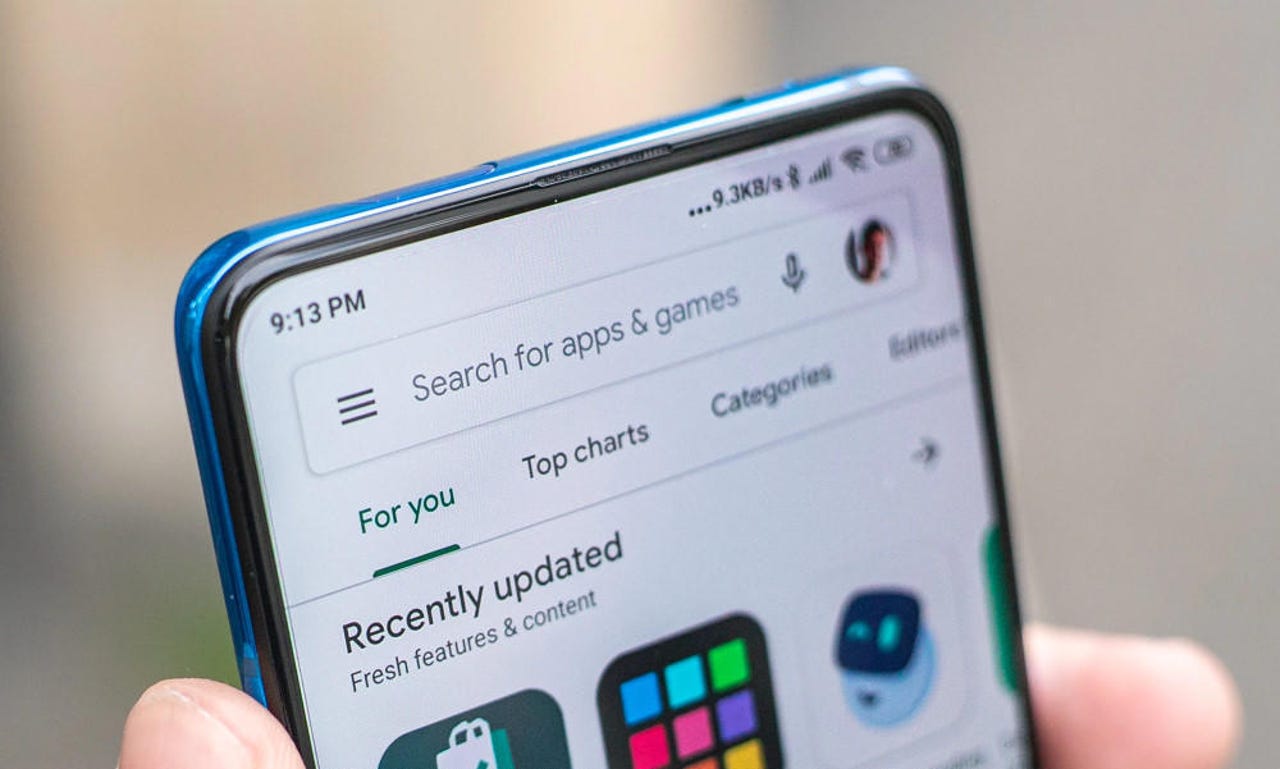Google Play app ratings are about to get a lot more useful - here's how


Android users can expect a different take on reviews and ratings from the Play Store in the near future as Google removes feedback about apps from regions outside the country in which a user is registered. It will also break out figures for smartphones, tablets, wearables and Chrome OS to improve feedback for developers.
From November, Google will start displaying ratings specific to each user's registered country, and in early 2022 it will start displaying ratings specific to the device they're using, with separate categories for tablets, Chromebooks and wearables.
The change is as much for developers who are keen to understand their apps' ratings and reviews from different regions and across different form factors.
This move reflects the reach and diversity of Android devices and users, as well as Android's relative fragmentation compared with iOS.
Mobility
"We've heard from both Play Store users and developers that ratings and reviews could be more helpful," say members of the Google Play unit.
"This is especially true when ratings from one area unfairly impact another -- like when a bug that only impacted a single country negatively affects the app's rating everywhere; or when positive improvements in a tablet experience are overlooked because of the number of users on phones."
"From November, this means that users on phones will see specific ratings for the country or region they're based in. So a user in Japan will see app ratings generated from those submitted by other Japanese users," Google explains.
"Early next year we'll further update ratings to reflect the device type users are browsing Play on, whether it's: tablets and foldables, Chrome OS, Wear, or Auto," says Google. "This will give users a better impression of the experience that they can expect for the device they're using. We recommend you take a look at your form-factor ratings today -- especially for tablets where growth is very strong -- to see if you should invest in optimising your users' experiences."
The change might help Google engage developers of Android apps for devices like tablets and smartwatches, where Android hasn't been as successful as it has on smartphones.
It may also help Google's new plan to combine Android WearOS with Samsung's Tizen platform, along with a smattering of FitBit's fitness service. The unified platform aims to achieve faster performance, longer battery life and support developers to better compete with Apple, which had about a 30% of the smartwatch market in Q1 2021, according to CounterPoint Research. WearOS had just 4% but combined with Tizen, it could have a 15.7% share.
The Galaxy Watch 4, announced earlier this month, is the first WearOS device running on a Samsung Exynos processor, and is the most likely Apple Watch challenger so far. It's still waiting for FDA approval in the US.
Google notes that "at least 10 weeks" before any change is made in the Play Store, it will automatically analyze the change an app can expect to see. It plans to contact developers when they see a change of more than 0.2 stars on any device type in a key market (that is, any app with greater than 5% of a developer's store listing's visitors).
To further support developers, Google has added a new Device Type dimension to the ratings page in the Play Console. It has also added a Device Type filter for reviews to help developers see how tablet users are rating apps. There's an additional filter for Chrome OS devices, which have proven a popular choice during the pandemic.
Developers can select a time period they want to plot, ranging from the last 28 days to an app's complete lifetime, and see an aggregated view on a daily, weekly, or monthly (28 day) basis.
Google is also letting developers download a CSV file of average data and rating distributions.